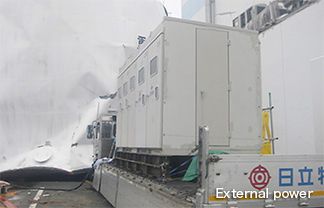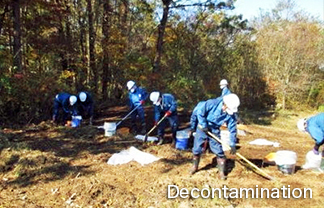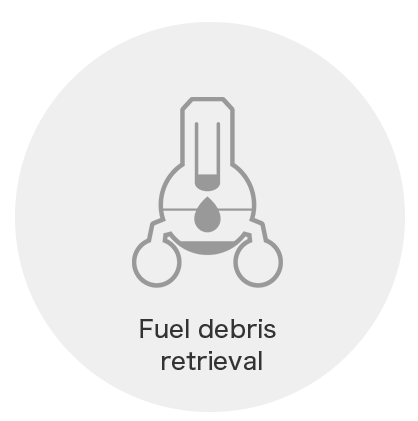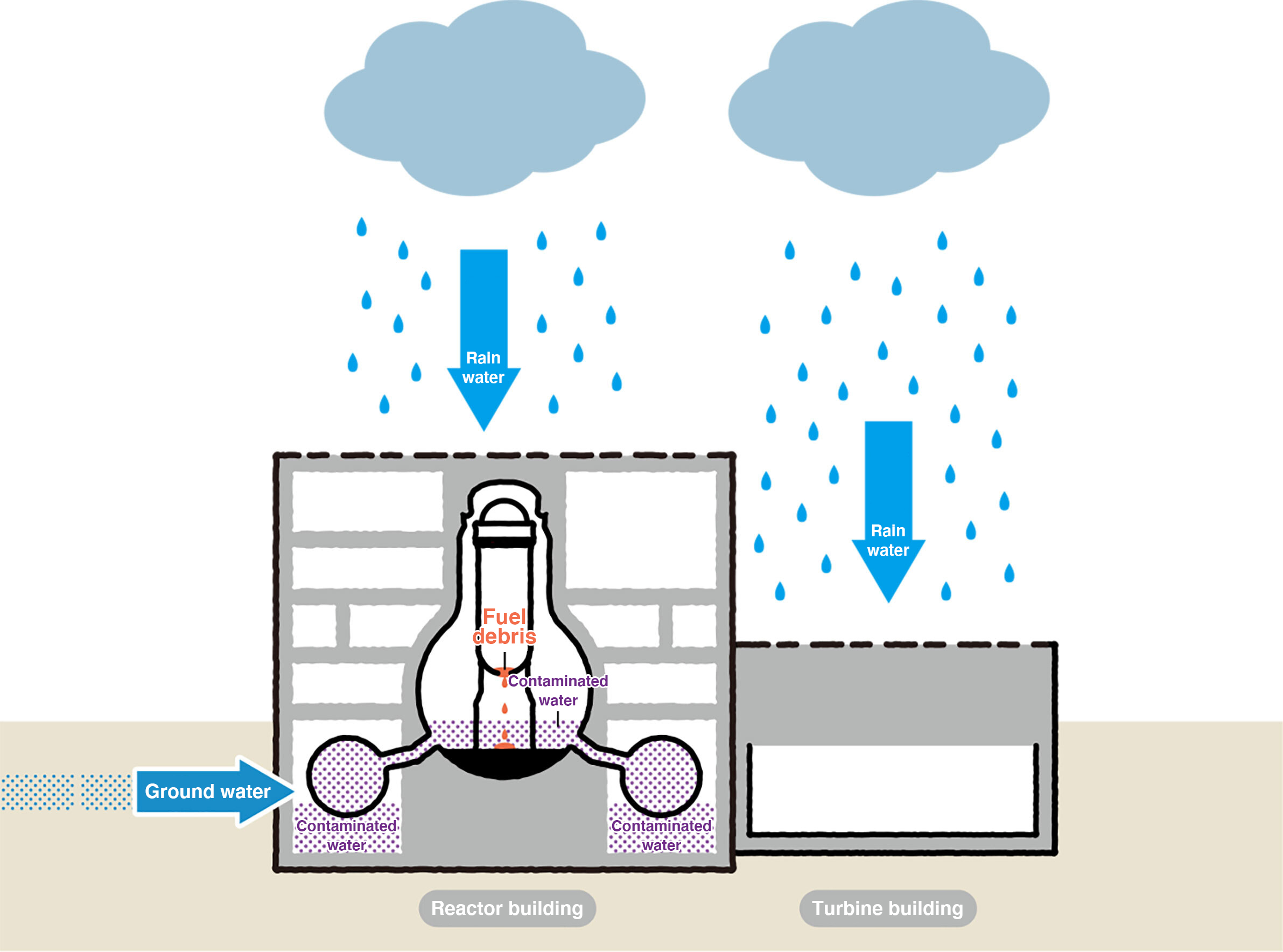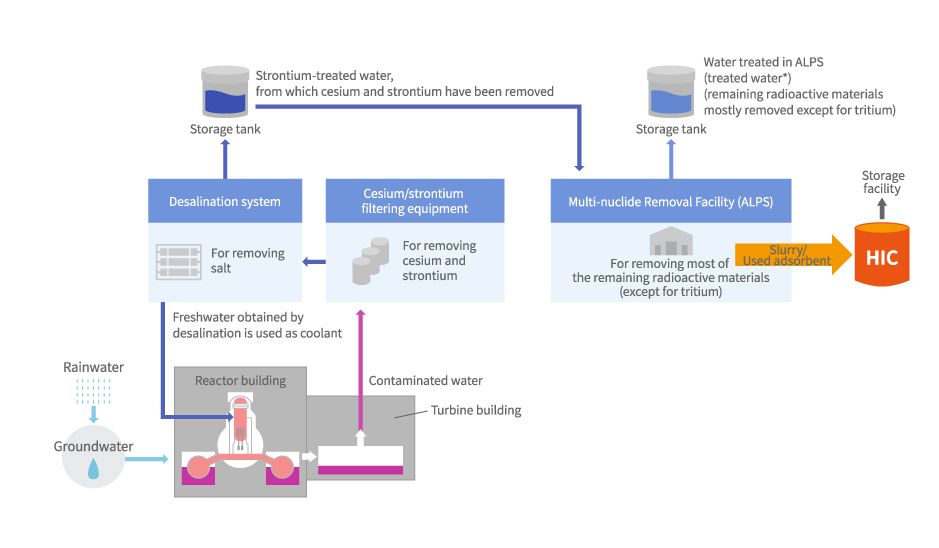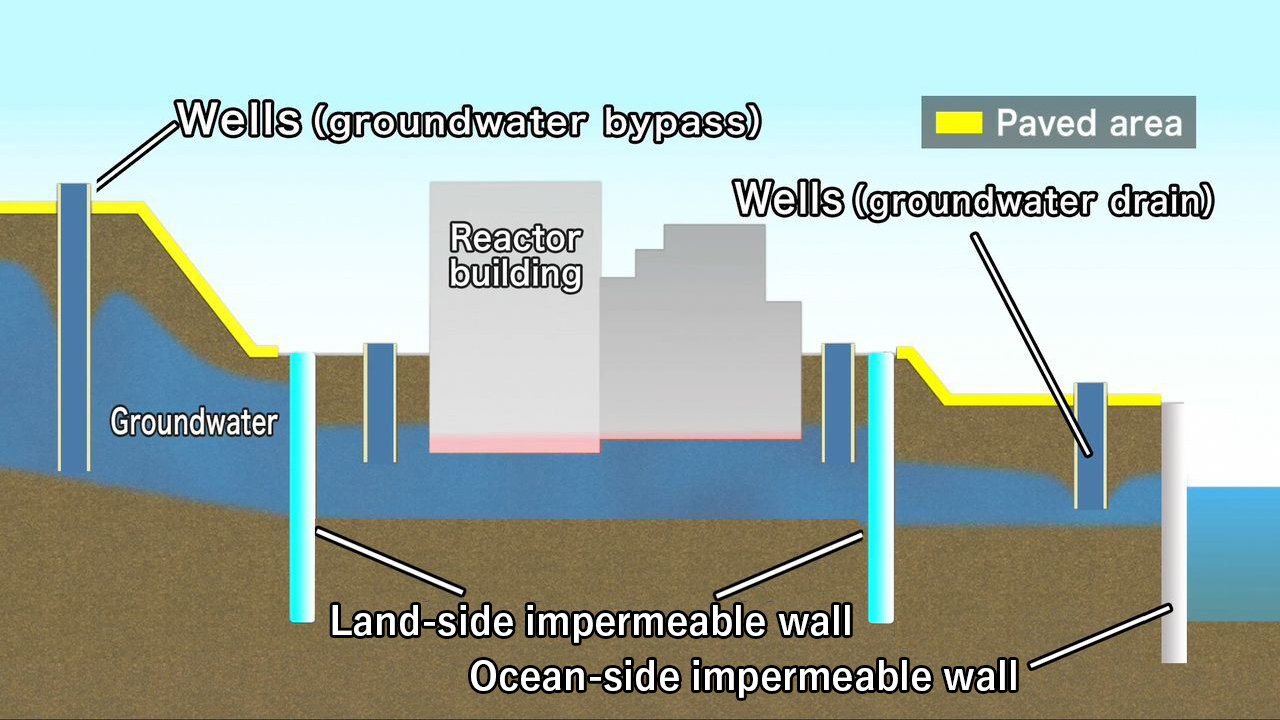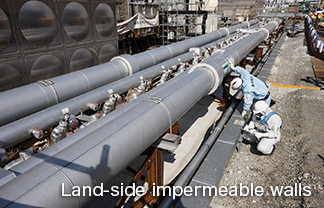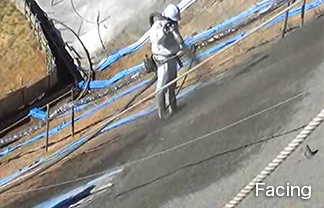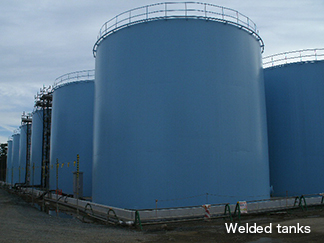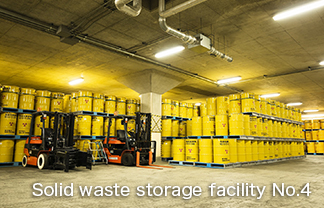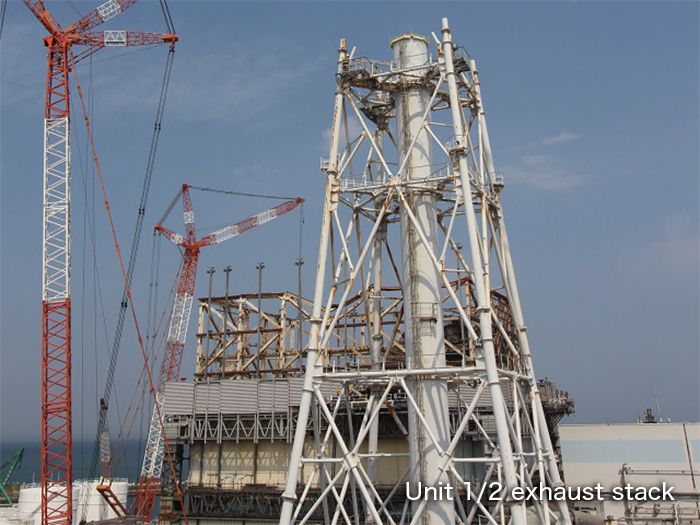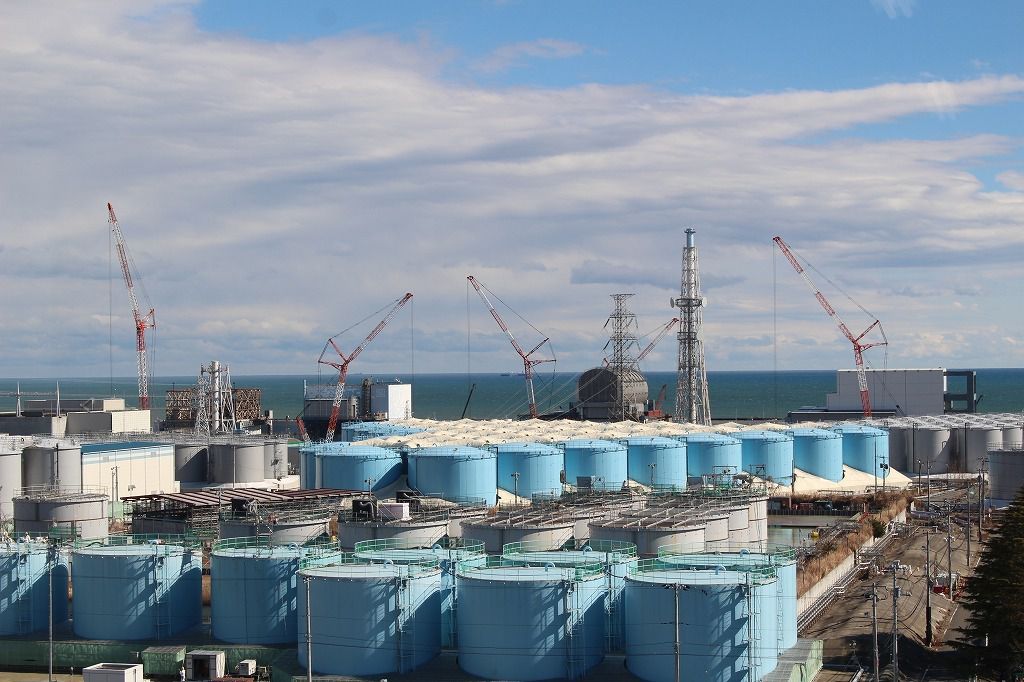We have implemented various countermeasures during the 10 years since the accident as we aim to complete decommissioning. However, there are many issues that we must solve as we engage in the long-term decommissioning process.
Fuel removal from spent fuel pools
At Unit 1, we plan to complete construction of the large cover by around 2023 in order to reduce dust dispersion during rubble removal. After that, we will commence fuel removal between FY2027 and FY2028. At Unit 2, we shall deliberate and implement plans for effective decontamination and shielding to reduce radiation doses in the operating floor in preparation for the commencement of fuel removal between FY2024 and FY2026. Ultimately, we aim to complete fuel removal from Units 1-6 during 2031.
Fuel debris retrieval
Fuel debris retrieval is an unprecedented task never attempted anywhere in the world. We will continue to engage in R&D and engineering tasks to apply the fruits of that R&D in the field, along with manufacturing and installing fuel debris retrieval equipment in preparation for trial retrieval from Unit 2.
Contaminated water countermeasures
We plan to reduce the amount of accumulated water in the reactor buildings to approximately half what it was at the end of 2020 between FY2022 and FY2024, and reduce the amount of contaminated water being generated to less than 100m³/day during 2025. The treatment of accumulated water in the buildings was completed in 2020. In order to move our plan forward, we are keeping groundwater levels around buildings low and implementing measures to prevent rainwater from seeping into the ground, such as paving site areas inside the land-side impermeable while (ocean side, mountain side) and repairing damaged parts of building roofs.
Based on government policy, we shall employ careful processes to suitably dispose of treated water (that contains tritium) resulting from the purification of contaminated water generated at the power station, which is being stored in tanks on site. When we discharge water treated with ALPS etc. into the environment in the course of disposal, we shall reduce the concentrations of radioactive substances, with the exception of tritium, as much as possible to comply with government regulatory standards by subjecting it to re-purification (secondary treatment).
Waste countermeasures
In regards to waste treatment, we are quickly providing measurement data useful for ascertaining the nature of waste and determining safe methods of storage/management so as to enable technical forecasts for treatment/disposal policies, and the safety of those policies. We plan to eliminate all outdoor temporary storage of rubble, etc., by 2028.
Decommissioning will take 30 to 40 years. Along with continuing to improve the work environment, we shall proactively engage in the development of new technologies, such as robots and remotely operated equipment, etc., as we safely and steadily complete decommissioning of the Fukushima Daiichi Nuclear Power Station with your understanding and cooperation.
